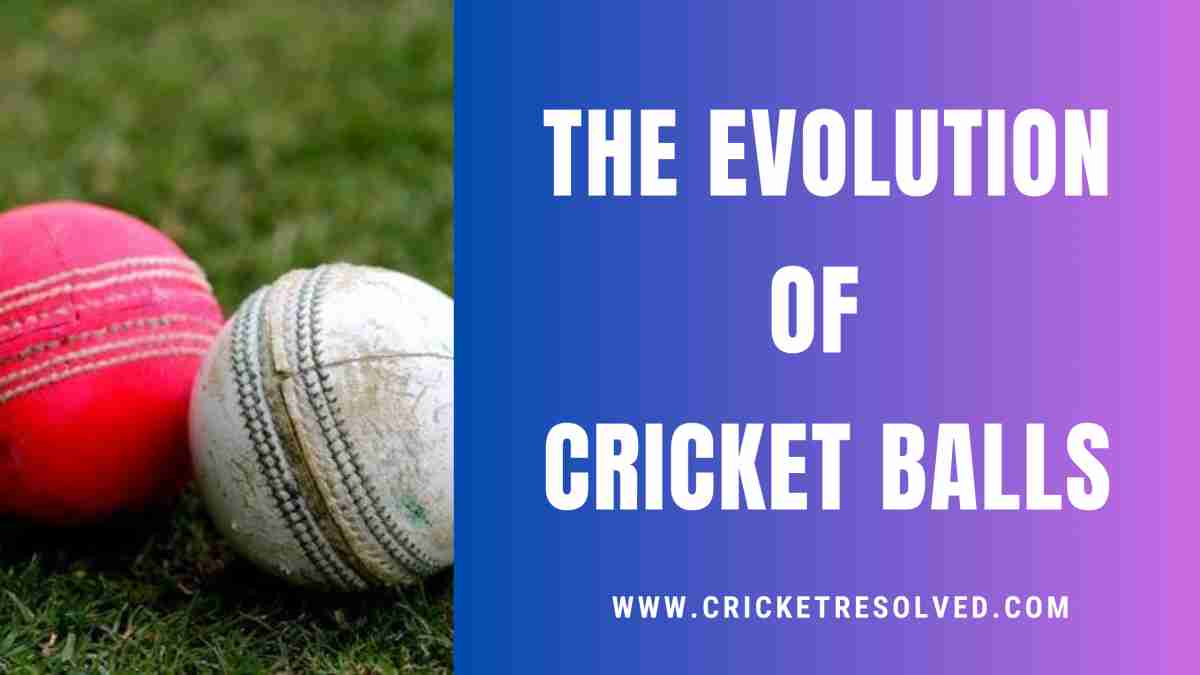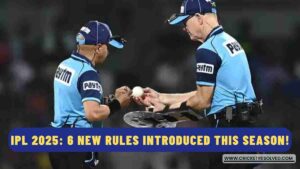
Cricket started in southeast England around the middle of the 16th century. As the British Empire grew, so did cricket. The first international games were played in the second half of the 19th century.
A bat and a ball are two of the most important things you need to play cricket. Bats have been changed and improved many times over the years, but balls haven’t changed much.
A cricket ball is a hard sphere with a leather seam that is nine inches (23 cm) around. The rules of cricket say that the best cricket balls must be made with six rows of stitches that connect the leather shell to the string and cork inside.
Who Invented the Cricket Ball?
Between 1760 and 1841, generations of the Duke family, who ran a small business at Redleaf Hill in Penshurst, Kent, are thought to have made the first manufactured cricket balls.
In 1775, Duke and Son got a Royal Patent from King George IV for their cricket balls. They made the first six-seam cricket ball, which was used for the first time in 1780.
Cricket quickly became a popular sport in Kent and Sussex’s Weald. Duke & Son, who manufactured cricket balls, also had a significant impact on the sport’s history and development.
After the Second World War, Australia stopped using Duke balls, so the Australian Cricket Board gave a contract to Kookaburra, a company owned by the Thompson family.
At the moment, Kookaburra’s white balls are more popular in the market than their red ones. They are also the biggest company in the world that makes cricket balls.
On the other hand, in 1931, India’s Sanspareils Greenlands, also known as SG, began making cricket balls. SG balls, which were made by Brothers Kedarnath and Dwarakanath Anand, have a seam that is more visible and closer together than Kookaburra balls. Since 1994, SG balls have been used for home Tests in India.
Also Read | How is a Cricket Ball Made? Step-by-Step Process
Evolution of Cricket Balls
Before 1977, red balls were the only ones used in Test matches and other types of professional cricket. People think that these balls spin and seam much more when they are new, but as they get older, they tend to swing late and in the opposite direction.
Later in 1977, Kerry Packer, who started the World Series of Cricket in Australia, used white cricket balls for the first time. White cricket balls lose their hardness more quickly than red balls and aren’t good for the longest version of the game.
The Marylebone Cricket Club (MCC) pushed for the use of pink balls in 2009 so that day-night Test matches could become a reality. This was done because the red ball made it hard to see at night.
In 2015, Australia and New Zealand played the first-ever pink-ball Test. Under lights, pink balls tend to swing much more than red balls, which gives fast bowlers an edge.
Also Read | Which Cricket Ball Swings More — Red, White, or Pink?
How Big is a Cricket Ball?
The British Standard BS 5993 controls how cricket balls are made. It checks their size, quality, building materials, and how well they work. The first rule for cricket was written in 1744. It said that the balls should weigh between 5 oz. and 6oz.
In the 1770s, however, the ball’s weight was cut from 5 oz to 5.75 oz. Also, the ball should have a diameter of between 8.8125 and 9 inches.
Dukes, Kookaburra, and SG are the three companies that make cricket balls right now. Dukes balls are mostly used in England and the West Indies, while India uses SG balls and other countries that play cricket prefer Kookaburra balls.
Final Thoughts
It’s interesting to see how the cricket ball has changed from the time it was first made to the present day. The game keeps getting better, and as new things are added, we’ve seen that we need new coloured balls.
Will there be another colour besides red, white, and pink? It’s hard to say, but we shouldn’t rule out anything either.






